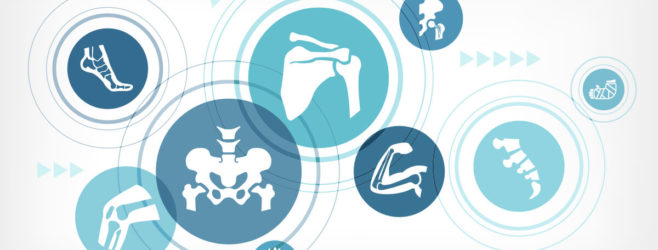Adults with cerebral palsy have been found to have a higher risk of developing bone fractures during the middle of their life. The increased prevalence of fractures is due to inadequate muscle development and bone growth.
Currently, there is not enough medical research on how these types of fractures can be prevented. It is important to regularly screen adults with cerebral palsy for bone fractures, as they can cause significant pain and reduce quality of life.
Adults With Cerebral Palsy Have a Higher Risk of Bone Fractures
Adults with cerebral palsy have a higher risk of developing bone fractures, particularly during the middle of their lives. The increased risk of bone fractures is due to several factors stemming from cerebral palsy. Most critically, many children with cerebral palsy are predisposed to inadequate muscle development and bone growth. Fractures can be extremely painful for those with cerebral palsy and can cause a significant decrease in quality of life.
There is currently not enough medical research to completely prevent fractures in adults with cerebral palsy. The problem is relatively widespread, even if it is not well-known by the general public. Statistics show that middle aged men with cerebral palsy are five times more likely to suffer from bone fractures.
Preventative care is difficult, so it is important for families with a child or adult with cerebral palsy to monitor for fractures. This means getting regular screenings for fractures, which often occur in the arms or legs. Catching a fracture early on can help to alleviate the pain and increase the speed of recovery.
Causes of Bone Fractures in Cerebral Palsy Patients
There are several factors which make individuals with cerebral palsy more susceptible to bone fractures, such as:
- Excess body fat
- Early development of noncommunicable diseases
- Underdeveloped musculoskeletal system
These factors can cause low-energy pediatric fractures and lead to weaker bone strength later on in life.
According to a study from the University of Michigan, men and women with cerebral palsy have a significant increase in the prevalence of bone fractures as they age.
By age 51-64, men with cerebral palsy have a prevalence of bone fracture at a rate of 8.1%, compared to only 3.5% for men without cerebral palsy.
For women with cerebral palsy in the same age group, the prevalence of bone fractures is 11.8%, compared to 6.2% for women without the condition.
It is important to understand that individuals with cerebral palsy are at increased risk for bone fractures as they age. This is because bone fractures can cause significant pain and can sometimes go unnoticed, worsening quality of life.
Risks of Midlife Bone Fractures
Bone fractures are always a serious problem, but they can lead to greater difficulty during midlife. Midlife bone fractures have been found to lead to functional disability and early mortality.
Bone fractures, especially if uncovered late or left untreated, can reduce range of motion and cause acquired functional disability. Decreased mobility has been shown to increase mortality. All of these issues can dramatically increase medical bills and the economic burden of cerebral palsy.
Young adults (18 to 30 years) with cerebral palsy have an elevated prevalence of musculoskeletal diseases, which is ten times higher compared with young adults without the condition. These issues can all decrease quality of life and result in a dependent life. Lack of independence can lead to individuals needing extra assistance through a caregiver or assisted living.
It is critical that families and medical providers evaluate the fracture risk among individuals with cerebral palsy prior to reaching adulthood. This information could help doctors produce strategies to lessen the burden of fractures among cerebral palsy patients and give them a better quality of life.
Lack of Fracture Epidemiology in Adults With Cerebral Palsy
There is a lack of information about adults with cerebral palsy. The medical community notes that individuals with cerebral palsy are likely underrepresented in both fracture epidemiology and surveillance, which limits the amount of clinical information researchers and medical professionals have. The lack of information can also limit the opportunities for policy reform, or lead to treatment decisions which aren’t the best fit for the broader cerebral palsy community.
The U.S. Preventive Services Task Force recommends screening all adults over age 65 for fractures, but does not provide recommendations for the growing adult cerebral palsy population who are at an increased risk.
This is just another example of how the cerebral palsy community needs greater representation in the medical field in order to improve treatment recommendations and medical outcomes for patients.
Although the lack of epidemiology in adults with cerebral palsy is problematic, it doesn’t have to be permanent. The cerebral palsy community is engaged with medical associations and research organizations in order to advocate for improved research into preventative care and treatments for bone fractures in patients with cerebral palsy.



